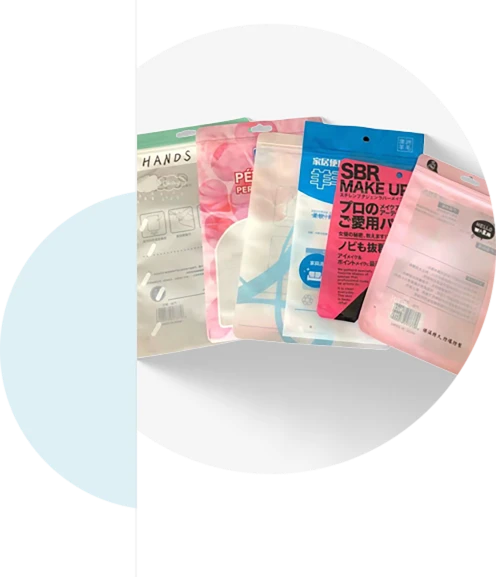Innovative Designs in Alcohol Packaging for Enhanced Consumer Appeal
The Art and Science of Liquor Packaging
In a world where consumer choices are increasingly influenced by aesthetics and branding, liquor packaging has evolved into a vital aspect of the beverage industry. The packaging not only serves a functional purpose – ensuring the safe storage and transportation of spirits – but has also become a powerful marketing tool that conveys quality, heritage, and a brand's story, making it an integral part of the consumer experience.
Importance of Visual Appeal
The first point of contact between a consumer and a liquor brand is often its packaging. With the shelves of liquor stores brimming with options, distinctive packaging becomes crucial in capturing attention. Designers utilize colors, shapes, and materials to create a visual identity that resonates with the target market. For example, a premium whiskey might come in a classic, dark green or deep amber bottle with gold embossing to suggest sophistication and tradition, while craft gins might opt for quirky designs and vibrant colors to appeal to a younger, trendy crowd.
Materials and Sustainability
Beyond aesthetics, the materials used in liquor packaging have garnered increasing attention, especially in light of growing environmental consciousness. Traditional glass bottles, while elegant and effective, contribute to significant carbon footprints through production and transportation. In response, many brands are exploring alternative materials, such as recycled glass, aluminum, and innovative biodegradable options. The move towards sustainable packaging not only attracts eco-conscious consumers but also helps brands enhance their corporate responsibility profiles.
Some brands are even adopting a circular economy approach, where packaging is designed to be reused or recycled effectively. For instance, certain spirits now feature refillable bottles that encourage customers to bring back their empties. This not only reduces waste but also fosters brand loyalty as consumers engage more deeply with the company’s sustainability initiatives.
Storytelling Through Design
liquor packaging

The narrative surrounding a liquor brand can be powerfully communicated through its packaging. Consumers today are not just looking for a drink; they want an experience, a story. This is particularly evident in the craft spirits market, where many brands showcase their heritage and production processes through unique and thoughtful packaging designs. For instance, a brand could depict its origins in rural Scotland with woodland imagery, while another might celebrate its artisanal distillation methods through detailed illustrations on its label.
Labels are the storytellers of the bottle; they can provide insights into the ingredients, production methods, and the ethos of the brand. Some brands even employ augmented reality on labels, allowing consumers to interact with the packaging for a deeper understanding of the product’s story and values.
Trends in Liquor Packaging
The liquor packaging landscape is continuously evolving, influenced by consumer trends and innovations. Minimalist designs featuring clean lines and simple labels are gaining popularity as brands strive to convey purity and authenticity. Transparent packaging that showcases the actual liquid can also create a sense of transparency and trust.
In addition, interactive packaging elements, such as QR codes that link to tasting notes, cocktail recipes, or distillery tours, are being integrated to enhance consumer engagement. This digital bridge not only educates consumers but also builds community around a brand.
Conclusion
As the liquor market grows more competitive, packaging emerges not merely as a functional element but as a crucial component of branding and marketing strategies. The blend of visual appeal, sustainable practices, and storytelling creates a multifaceted approach to liquor packaging, enhancing both consumer experience and brand loyalty. In an age where consumers are increasingly discerning, the thoughtful combination of design, functionality, and sustainability in liquor packaging will continue to play a pivotal role in shaping the future of the industry. The journey from the distillery to the consumer’s glass is not just about the spirit itself, but the entirety of the experience that the packaging facilitates.













